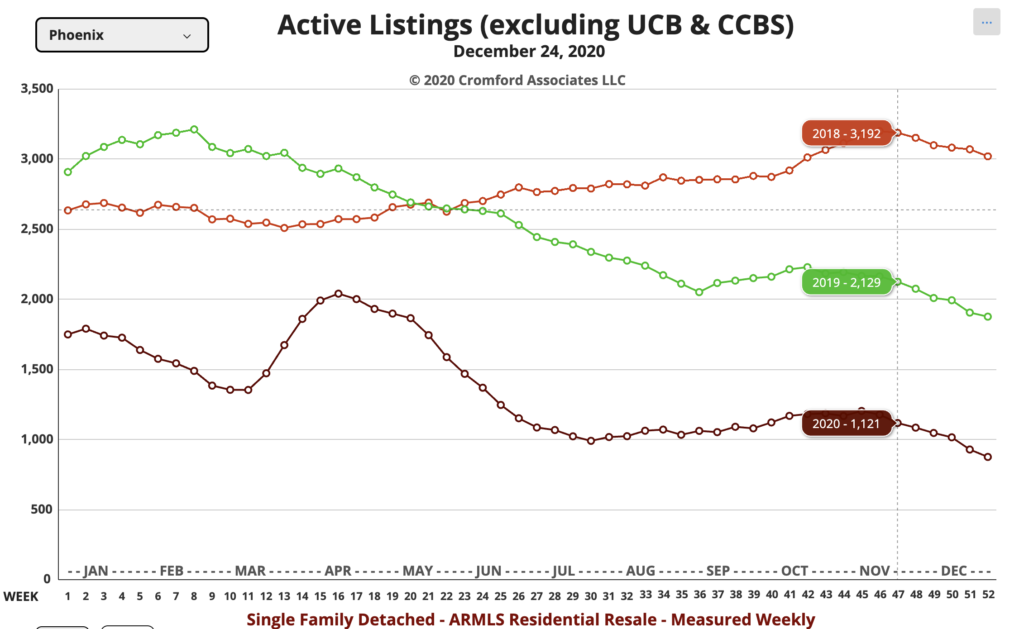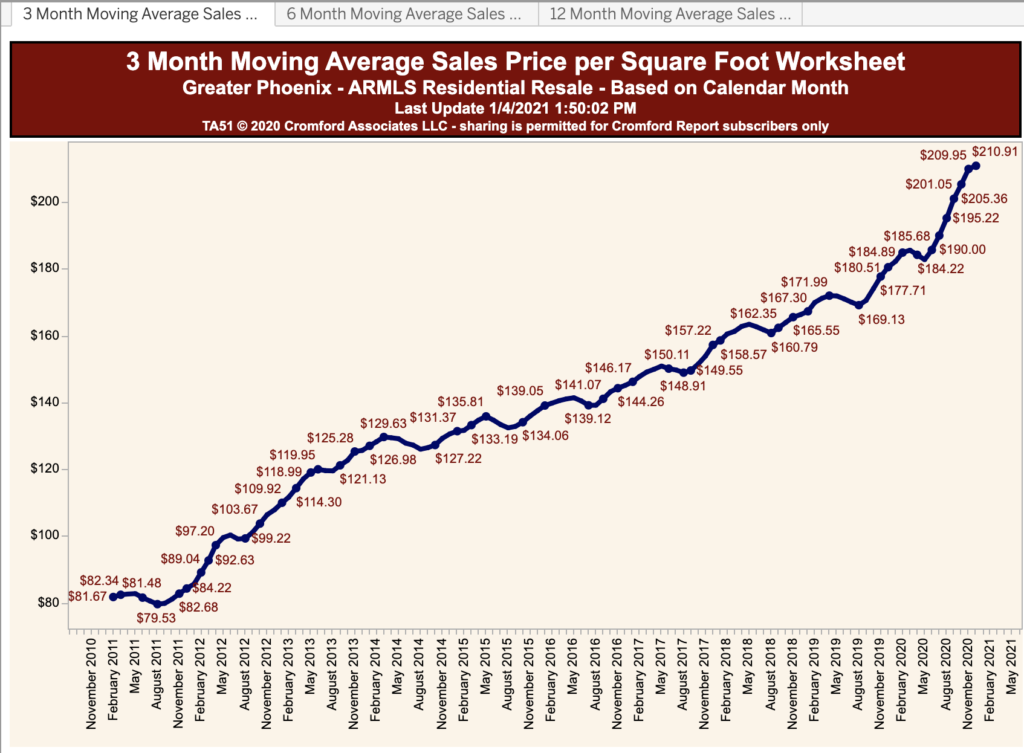Donna Reiner, a local historian and a good friend of Get Your PHX, has written many articles over the years for the Arizona Republic and others about Phoenix history and memorials. This month, she tells us how the decision was made to line Central Ave with palm trees.
We use her services when we list properties of historic significance to help us tell the stories behind the homes.
We are happy that Donna is allowing us to re-publish some of her articles on a monthly basis. If you or your business ever needs a historian, let Donna know at laydeescholar “at” hotmail.com.
If one were able to safely stand in the middle of the Central Avenue and McDowell Road intersection and look north, two distinct characteristics would stand out. One, the street is straight, long and multi-laned. Two, uniform trees line both sides at least as far as the eye can discern. These elements help define a boulevard streetscape.
As early as 1895, Phoenicians planned to have trees line this section of Central Avenue. Originally ash trees were selected for their ability to grow quickly and provide a shady canopy. This concept blended in with the Garden City and the City Beautiful Movements which highly influenced Phoenix in the 1920s, but by then, the trees were different.
Dwight B. Heard and his partners can be credited for the change in tree type, for when the Los Olivos subdivision began circa 1906, they decided that stately palms trees would be planted on both sides of Central from McDowell Road to Encanto Boulevard. For those who might be curious, they are the Washingtona filifera, or California fan palm which is native to the Southwest.
Over the years, other developers continued the practice of planting palms to Camelback Road, but only in sections. So, while the image of Central Avenue has for years been with towering palms, what may be most interesting is they keep moving. What? Yes! Every time Central Avenue has been widened, the trees have been removed and transplanted. We’re lucky that can be done with palms much easier than with other types of trees.
In 1948, Central Avenue was widened from 39’ to 64” (four lanes and two parking strips). The palms were carefully removed, temporarily stored, and then replanted. In late 1951, a zoning case began which would change the zoning along Central Avenue from McDowell to Earll from residential (apartments) to commercial. For a variety of reasons, this case was eventually withdrawn, but it did raise the hackles of a number of people and some concerns of how to make accommodations to preserve the line of palm trees.
Phoenicians were protective of these palm trees even then. There was even some talk and action to create a “Wilshire Boulevard” feel along Central from Thomas Road north prior to the completion of Park Central Mall in 1956. Gruen Associates filed a report in 1989 suggesting that this boulevard image along Central Avenue should go at least to Camelback Road.
When the Light Rail project got closer to actually beginning, again the palms created a “problem.” Most people loudly objected to their destruction and/or removal. Move them, but replant them along Central! After all, this was now an historic streetscape even if it did not have the official designation.
Donna Reiner is the co-author of three books on Phoenix history.




